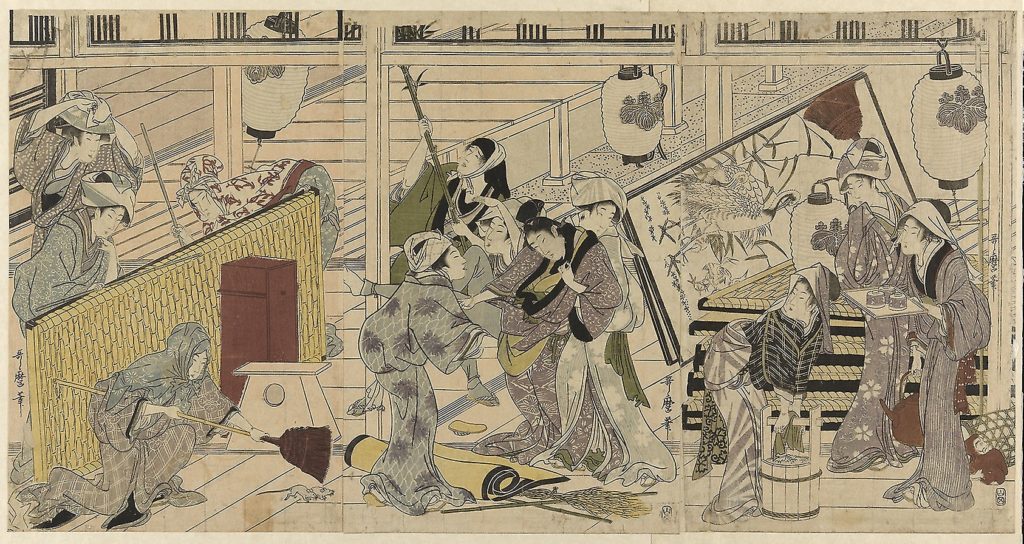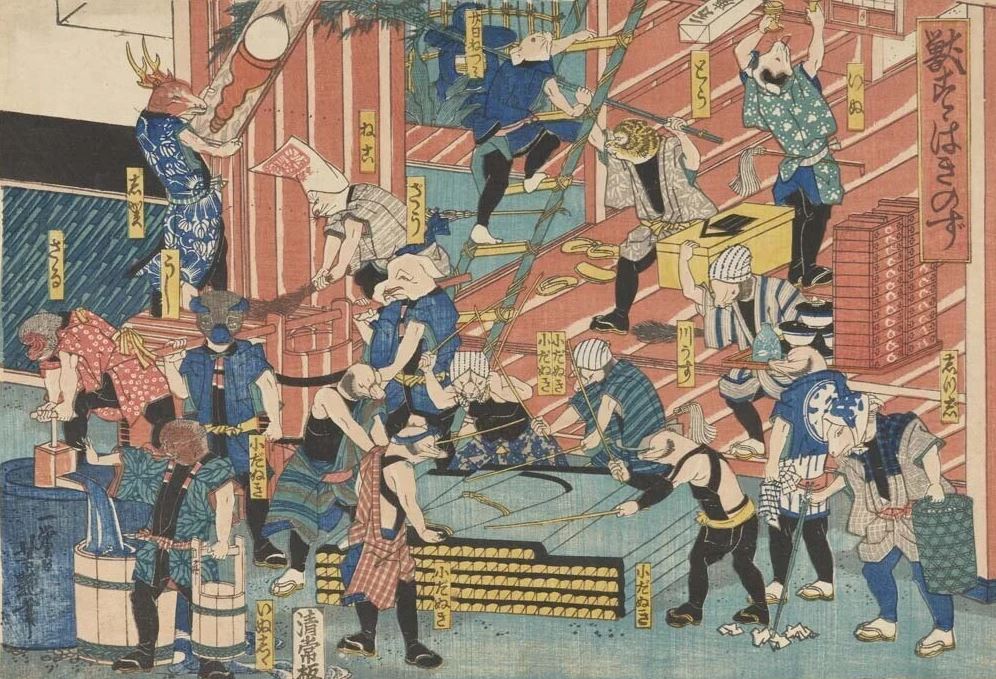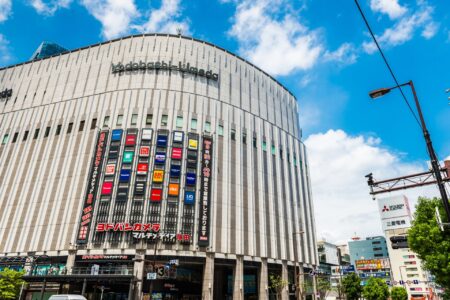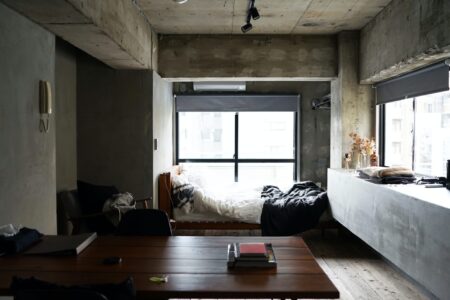Osouji: The End-of-Year Clean-Up

Top Image: Illustration by Utagawa Yoshitsuya courtesy of the Ota Memorial Museum of Art
The New Year’s period is one of endings and beginnings. As one year changes to another, many parts of the world to engage in activities symbolic of this transition. In Japan, one of the most important parts of the pre-New Year’s Eve festivities is O-Souji or Osouji (大掃除), the “big cleaning”. Osouji is a time when everyone gets together and cleans up their home, office, store, etc. Doing so allows us to head into the next year feeling refreshed and uncluttered. And best of all, you can do Osouji whether you’re in Japan or not! Here’s our brief guide to this time-honored tradition.
The History of Osouji
Osouji dates back to the Edo period. It was common for Japanese homes to have a hearth or fire stove, which would make the home progressively sootier throughout the year. Just as Edo Castle would be cleaned in December, common people began to clean their own homes around this time. It was believed that this act of purification was a way to prepare for the coming of the deities that bring the new year.

The Osouji tradition dates back hundreds of years and continues today. Art work by Kitagawa Utamaro / Alamy
The tradition continues today, with an emphasis on the familial aspect of Osouji. It is a time for the whole family to come together and clean together. The most important part of Osouji is dust cleaning (susuharai or 煤払い); the act of cleaning the home and workplace from dust and dirt. It is said that doing this activity allows one to reflect on the past year while also purify spaces for the next one.
When to do Osouji
Osouji used to start from the second week of December, but these days it is done very late in the month. In some case, it’s done on the last day of the year (Omisoka, 大晦日). In many companies, schools, or work places, it may also be done any time from before Christmas to the days immediately after.
The truth is there’s no time to start too early with Osouji, but it is recommended to finish the task by December 31st prior to midnight. After all, any dirt, dust or clutter will carry with you into the new year, which is not the greatest way to make a fresh start!
How to do Osouji
An important thing to remember about Osouji is that it’s more than just sweeping. It is a thorough cleaning of everything, including places that might not usually get attention during the year. Ventilation fans, windows, tops of shelves, behind bookcases- you name it. It is after all the “big” cleaning!
In order to do a proper job in your own home or apartment, we recommend the following tips:
Get Geared Up: Go to your local 100 Yen Shop; they’ll have virtually everything you need for cleaning your living room, kitchen, bathroom, and the rest. And best of all, you won’t break the bank acquiring these supplies. Convenience stores will also carry slightly stronger sprays for bathroom/toilet use if the cheaper stuff doesn’t cut it.
Give Yourself Time: While doing Osouji on December 31st sounds more dramatic, it’s an arduous, often slow process. Also, part of it involves clearing out clutter, and that’s easier to do when trash pick-up is still a thing (as it often shuts down temporarily during the New Year’s period). We recommend starting earlier in the final week of the year, depending on the size of the task. Set aside a day and get cleaning.
Start Early: Osouji is a great activity to do from the morning hours, as it can cause a bit of a racket from all the vacuuming, furniture-moving and other noise it may entail. We recommend rising early and getting the toughest jobs out of the way first, leaving the lighter work for later in the afternoon and evening (unless you finish by then!)
Remember to Take Breaks: If it’s your first time, you may be surprised just how exhausting Osouji can be, especially if you are doing it solo. You may reach a point where you throw your hands up in frustration at the temporary disaster created around you. Remember to take a break now and then so as to not wear yourself out.
Above All, Clean the Place: As much work as it can be, the feeling of completing Osouji is truly magical. Look at how much you’ve done! Look at all the free space, the sparkling floors, and all the rest. When it comes to cleaning there’s no wrong way to do it unless you wind up making a bigger mess than when you started.
In Conclusion
Osouji is not unlike the tradition of Spring Cleaning (though there are differences). It’s a great way to freshen up our lives and homes, and a way of heading into New Year’s Eve with a sense of accomplishment. If it’s an annual tradition in your home already we wish you luck. If it’s all new to you, we recommend making it an annual tradition of your own.
Now get up and start cleaning!

If even the ancient animal folk did it, you can too! Illustration by Utagawa Yoshitsuya courtesy of the Ota Memorial Museum of Art
Photo Credits:
Top Image: Illustration by Utagawa Yoshitsuya courtesy of the Ota Memorial Museum of Art
All other content (text) created by the original author and © 2021 MUSUBI by Borderlink
RELATED
-

Your Guide to Owning a Car in Japan
Top photo: Hiroyoshi Urushima on Unsplash Living in Japan and thinking about owning a car? One the one hand, t… -

Your Guide to Electronics Stores in Japan
Top photo: photoBさん on PhotoAC When people around the world think of Japan, one of the first things that comes… -

A Beginner’s Guide to Apartments in Japan
Top photo: Joseph Albanese on Unsplash Searching for a place to live is a daunting task, even in the familiar…
PEOPLE

The MUSUBI Staff
Collaborative works put together by our many talented writers and editors!


